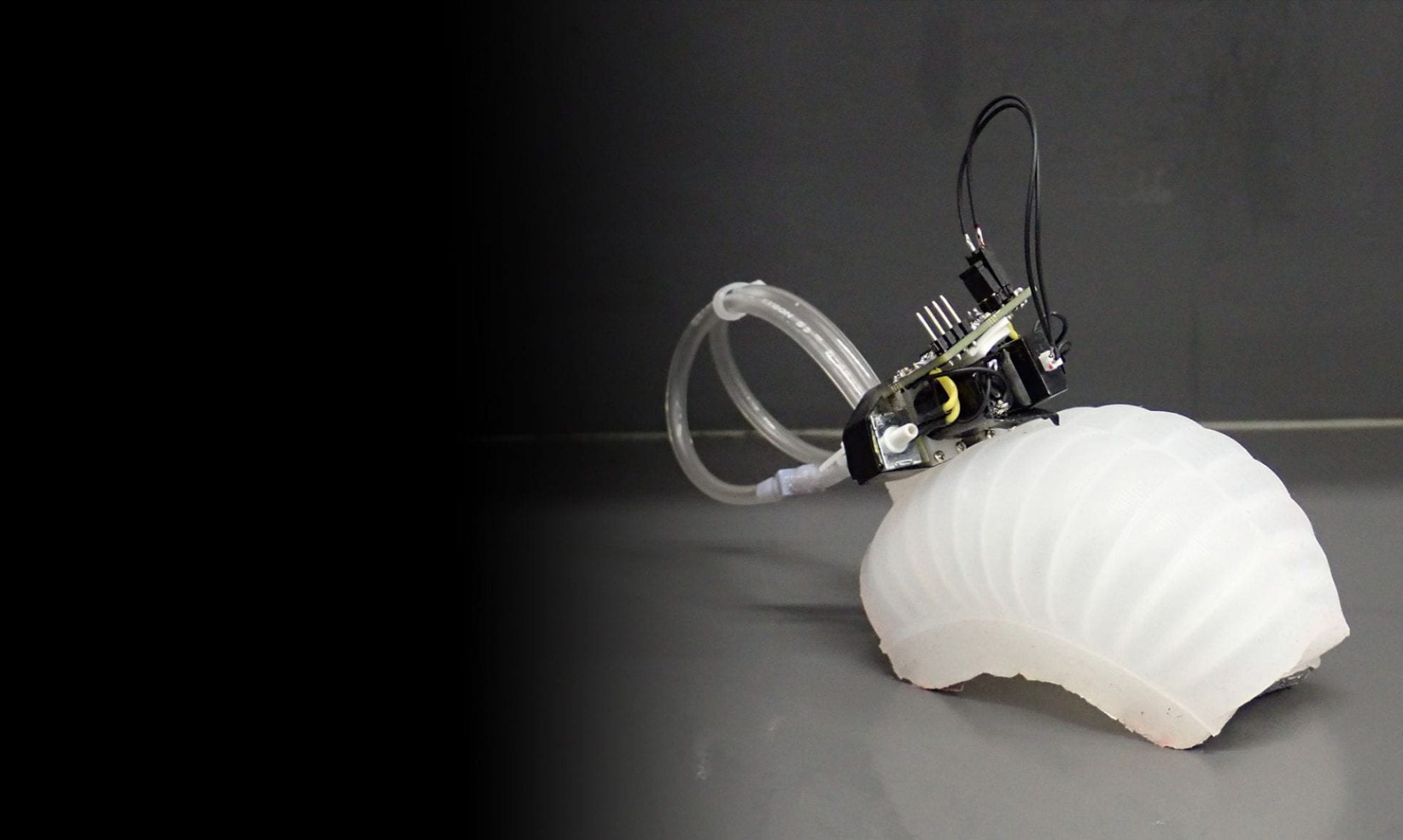Hadas Kress-Gazit, Cornell University
1/24/18
Getting a robot to perform a complex task, for example completing the DARPA Robotics Challenge, typically requires a team of engineers who program the robot in a time consuming and error prone process and who validate the resulting robot behavior through testing in different environments. The vision of synthesis for robotics is to bypass the manual programming and testing cycle by enabling users to provide specifications – what the robot should do – and automatically generating, from the specification, robot control that provides guarantees for the robot’s behavior.
This talk will describe the work done in the verifiable robotics research group towards realizing the synthesis vision and will focus on synthesis for composable robots – modular robots and swarms. Such robotic systems require new abstractions and synthesis techniques that address the overall system behavior in addition to the individual control of each component, i.e. module or swarm member.
